At the official invitation of the Organizing Committee of the 15th All-China Games - 2025, a delegation from the Department of Culture and Sports of Ho Chi Minh City visited and worked in Guangzhou city from November 9 to 14.
The working trip aims to exchange experiences in organizing large-scale sporting events, learn about the model of managing and operating the congress using digital technology , and at the same time enhance exchange and connection activities between the two twin cities.
During the trip, the Ho Chi Minh City delegation attended the opening ceremony of the All-China Sports Festival, worked with professional agencies of Guangzhou city and visited "red addresses" associated with the history of the Vietnamese revolution - creating a journey full of expertise, culture and affection.
Ho Chi Minh City Sports Delegation attends the opening ceremony of the Sports Festival of neighboring countries
On the afternoon of November 9, Guangzhou put on the appearance of a city of convergence: flags and flowers along the avenues, lights shining from large screens in the square, music from the Guangdong Olympic Stadium resounding among the crowd pouring into the opening ceremony of the 15th National Sports Games in 2025.
Amidst that sea of people, the delegation of the Department of Culture and Sports of Ho Chi Minh City appeared with two missions: Gaining experience from a national-level sports event, and adding to the half-century friendship between the two most dynamic sister cities in the region.

Panorama of the opening ceremony of the 5th All-China Games - 2025
As night fell, the main stage of the convention lit up like a magnificent technological curtain. Layers of LED images formed a river of light that embraced the stage, where a giant dragon wriggled in the air, and dolphins - the convention's mascot - flew in 3D. Martial arts, lion dances, Cantonese operas blended with bell-ringing robots and electronic music , creating a "visual feast" that is hard to match in terms of cultural expression through technology.
In the stands, the HCM City sports delegation watched attentively. Deputy Director of the Department Cao Van Chong shared: "The ceremony is a testament to the blend of tradition and modernity. From the way of organizing, managing the flow of people, to connecting localities - all are worth learning."
Behind the spotlight is a series of exciting diplomatic activities. The Ho Chi Minh City delegation had discussions with leaders of the Guangzhou sports industry about modern sports management models; training cooperation for young athletes; organizing youth friendly tournaments; exchanging professional delegations annually...
In the thank-you letter, the Guangzhou Foreign Affairs Department emphasized that the presence of friends from Ho Chi Minh City "added indispensable color" and affirmed that the friendly relationship between the two cities "will continue to rise to new heights."
Ho Chi Minh City Sports Delegation visited house number 13 Van Minh
Leaving the bright lights of the opening ceremony, the delegation from Ho Chi Minh City found a completely different destination: House No. 13 - now located at 248-250 - Van Minh Street. Simple, humble, located in the middle of the old street, this was once the headquarters of the Vietnam Revolutionary Youth League - where Nguyen Ai Quoc lived and taught three political training courses for the first 75 cadres of the Vietnamese revolution.
In a small room on the second floor, the wooden table and some old documents are still preserved. The tour guide proudly tells that it was from this house that the lectures of the revolutionary Nguyen Ai Quoc were compiled into "The Revolutionary Path", the first theoretical book that laid the ideological foundation for the Vietnamese revolutionary movement.
The house has been preserved by the Chinese government since 1971, and was restored and inaugurated on April 30, 2002, becoming a historical and cultural relic. The space fully recreates: classroom; Nguyen Ai Quoc's living room; kitchen; exhibition room for photo documents, Thanh Nien newspaper, letters and autographs...
In the quiet and peaceful afternoon of Guangzhou, the Ho Chi Minh City delegation stood still before the simple objects that had witnessed the initial formation of the idea of national liberation. Ms. Le Thi Thanh Thuy, a delegation officer, emotionally shared: "Even though it was a sports trip, standing in this house, everyone felt the source of spirit that never runs dry."
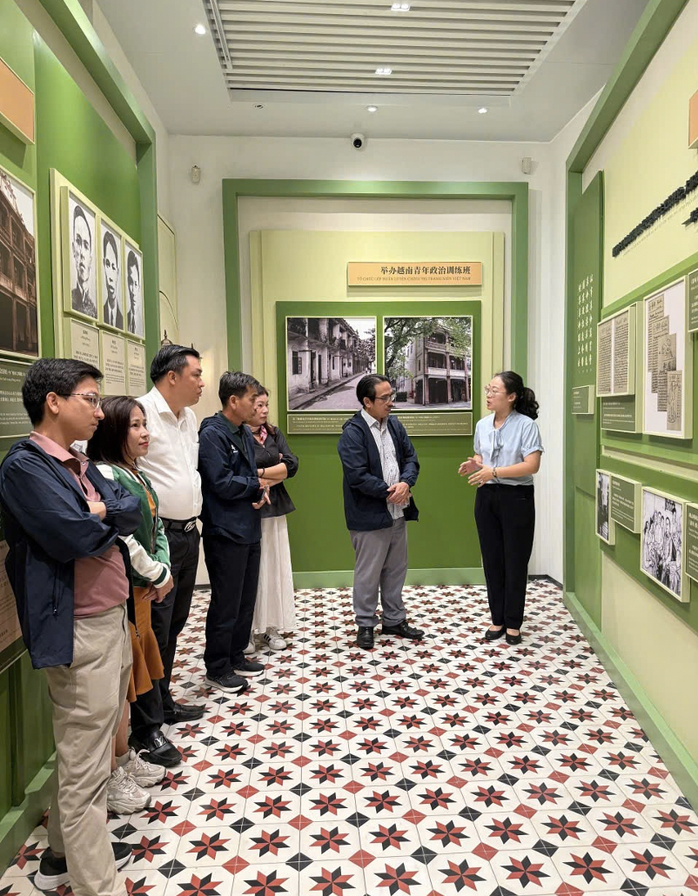
The working delegation visited the "red address" of the Vietnam Revolutionary Youth Association's Headquarters.
Hoang Hoa Cuong - oath at the hero's grave
The final stop on the journey was the Hoang Hoa Cuong Park, the resting place of the martyrs of the Allied Association. There, the grave of martyr Pham Hong Thai - who committed suicide in the Pearl River after a failed assassination attempt on French Governor-General Merlin in 1924 - appeared among the green bamboo.
The tombstone records the story of the move from Nhi Vong Cuong to Hoang Hoa Cuong in 1958; the tomb faces southwest as if facing the homeland of Vietnam. This is a place that Vietnamese and Chinese people often visit, expressing their gratitude that transcends time.
In front of the hero's grave, the Ho Chi Minh City delegation burned incense and paid tribute. Mr. Cao Van Chong choked up: "In this sacred space, we clearly feel the connection between the past and the present. Today's sports career and exchange are all based on the tradition of patriotism and sacrifice of our ancestors."
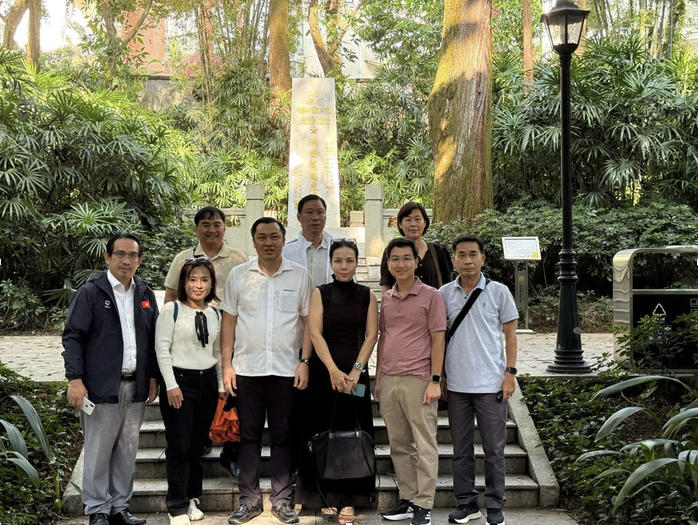
The delegation visited the grave of martyr Pham Hong Thai in Hoang Hoa Cuong
Source: https://nld.com.vn/the-thao-tp-hcm-ket-noi-giao-luu-voi-the-thao-quang-chau-196251126182620689.htm


![[Photo] Prime Minister Pham Minh Chinh chairs the 15th meeting of the Central Emulation and Reward Council](/_next/image?url=https%3A%2F%2Fvphoto.vietnam.vn%2Fthumb%2F1200x675%2Fvietnam%2Fresource%2FIMAGE%2F2025%2F11%2F27%2F1764245150205_dsc-1922-jpg.webp&w=3840&q=75)
![[Photo] President Luong Cuong attends the 50th Anniversary of Laos National Day](/_next/image?url=https%3A%2F%2Fvphoto.vietnam.vn%2Fthumb%2F1200x675%2Fvietnam%2Fresource%2FIMAGE%2F2025%2F11%2F27%2F1764225638930_ndo_br_1-jpg.webp&w=3840&q=75)




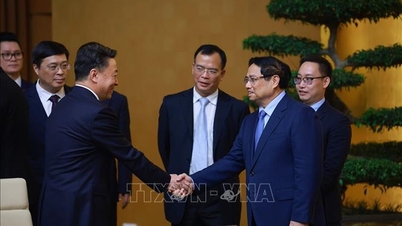


























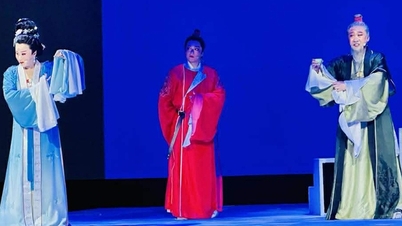
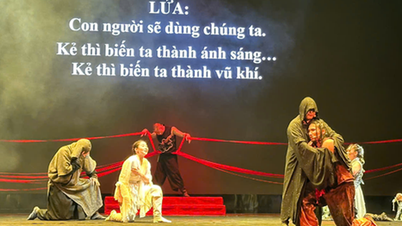
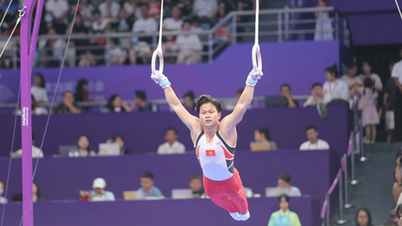

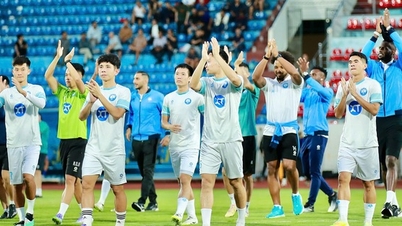




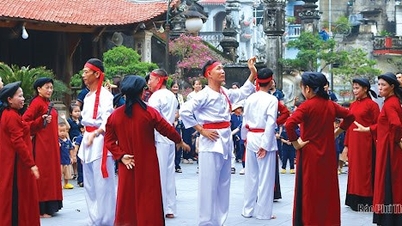

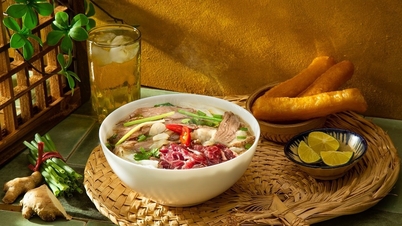






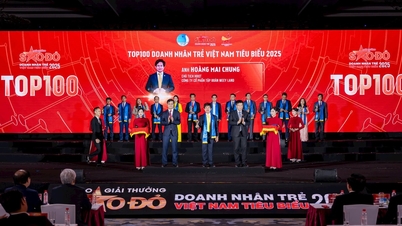






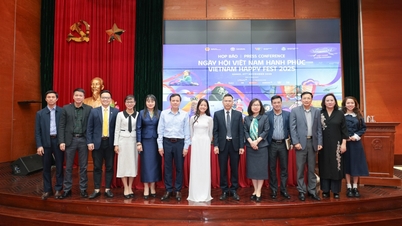



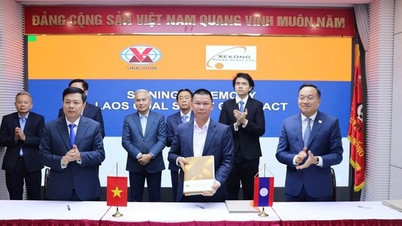












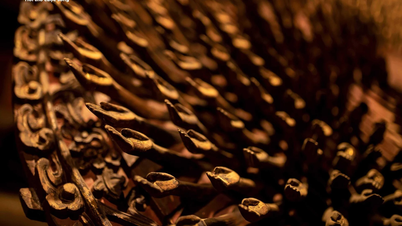




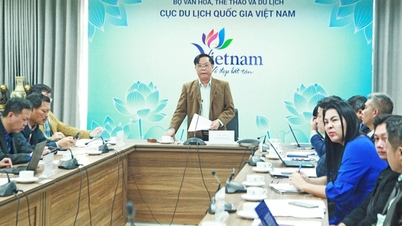
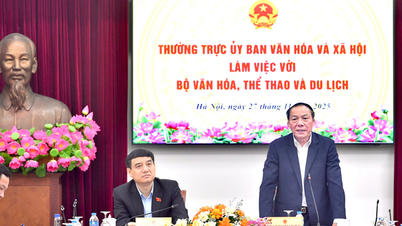
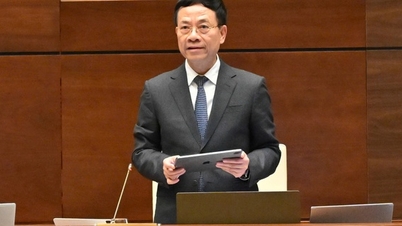



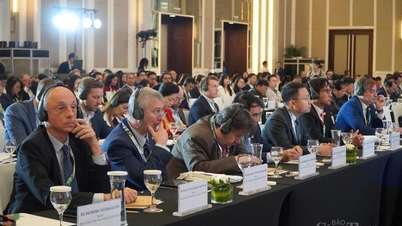
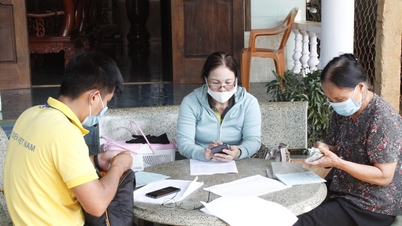

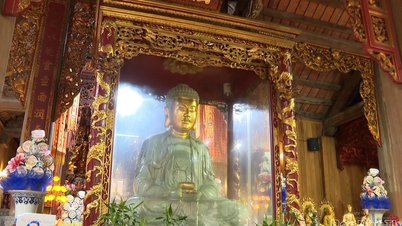


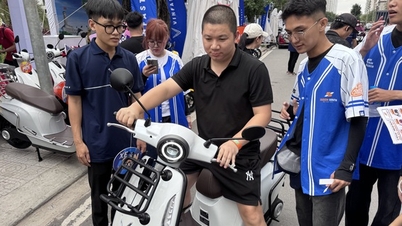



![[Online forum] Effective implementation of ethnic policies in Thai Nguyen province](https://vphoto.vietnam.vn/thumb/402x226/vietnam/resource/IMAGE/2025/11/28/1764296450164_30729563efc1639f3ad0_20251128090933.jpeg)











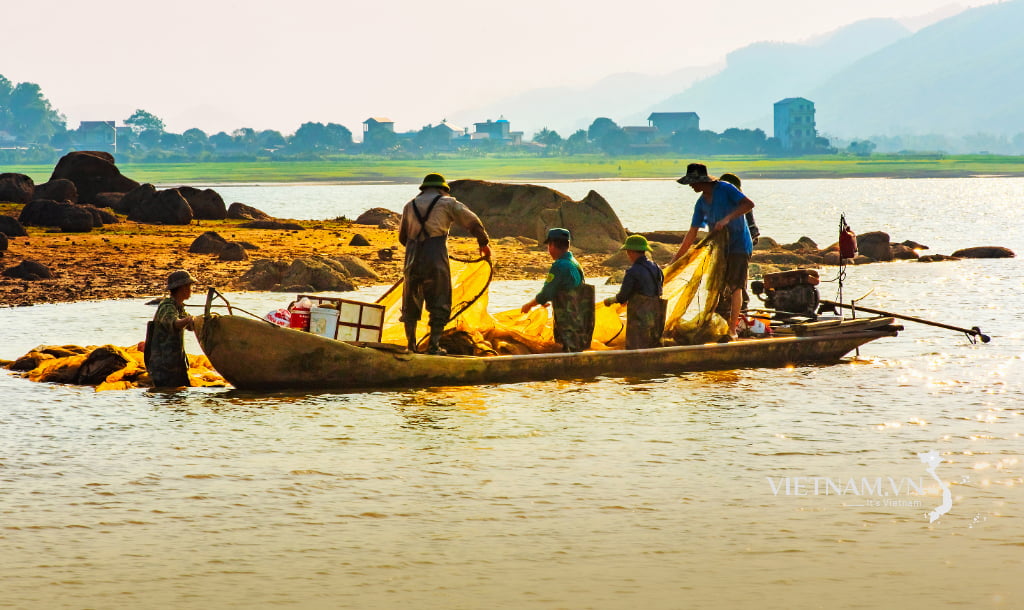
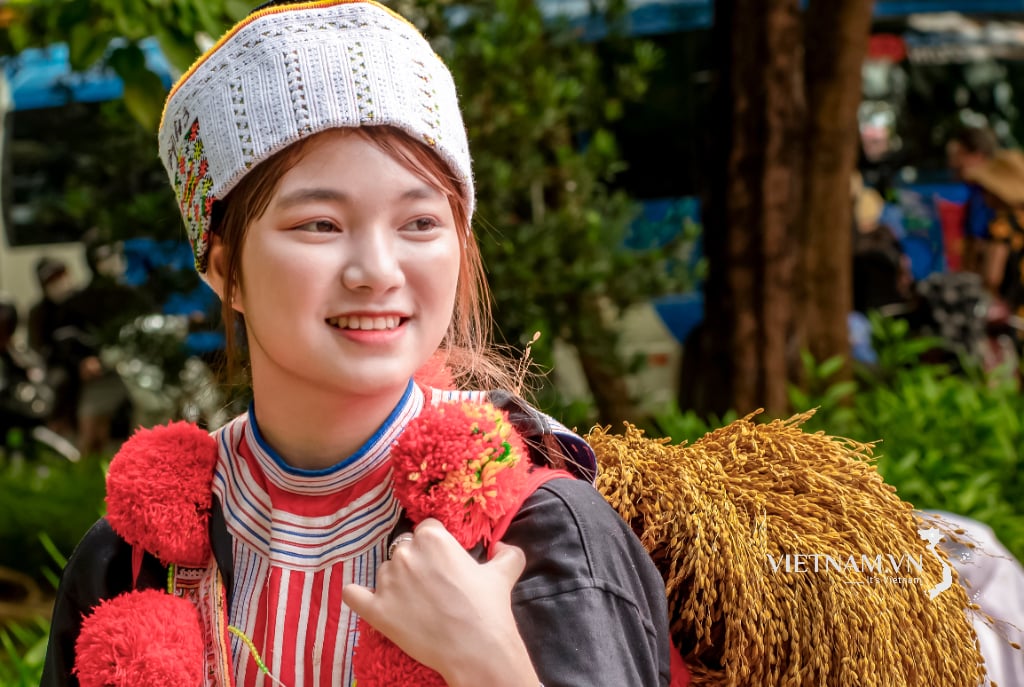
Comment (0)